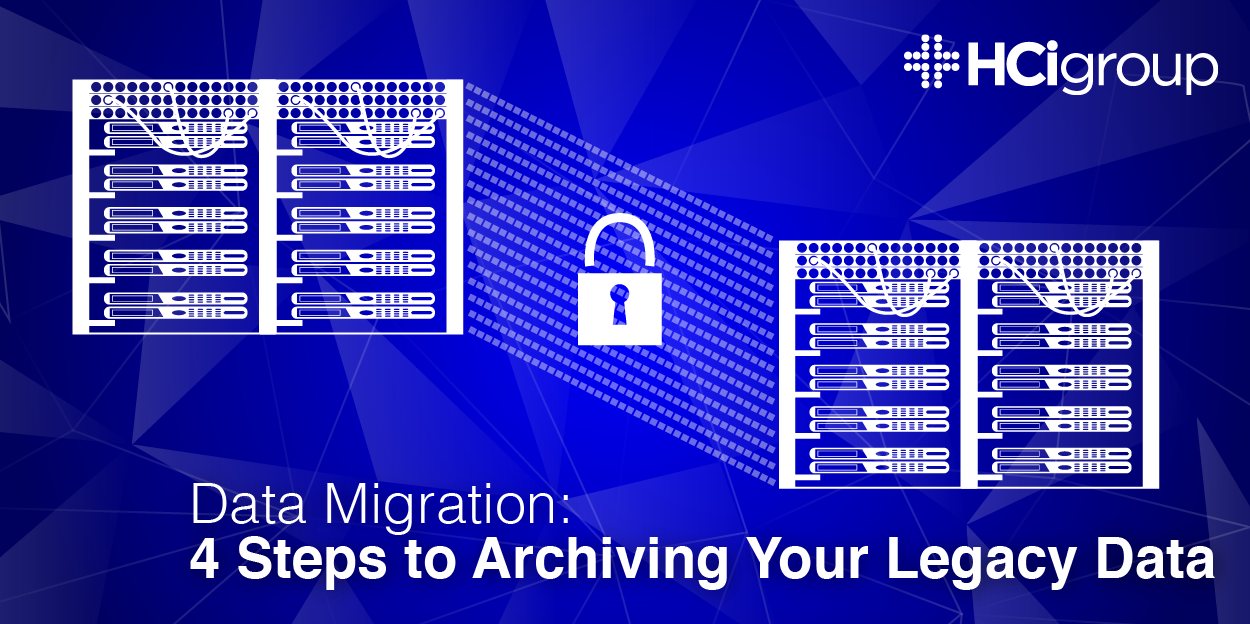
In today’s blog, we will be discussing an issue that almost every healthcare organization will encounter as they prepare their data migration journey: archiving their data. HCI’s Technical Lead Mustafa Raja outlines the four phases that an organization should expect to go through while archiving their legacy data.
1) Data Archiving Preparation
When preparing to archive data from your legacy system, there are a few things to keep in mind. Depending on your preference, and the amount of data you will be archiving, the project can be handled by one or multiple organizations. You must make sure to define both what your requirements are for your archiving project, as well as who can access what data. Gathering and assessing specifications, as well as identifying cross-reference mapping needs, will help make the rest of your data archiving project flow smoothly.
2. Data Extraction
The second, and perhaps most challenging phase of archiving, is extraction. In this step of the process, you will look back at the requirements you defined during your preparation phase. You will take these requirements to decide how much data, if not all, will be pulled from the legacy system and standardized. It is important to remember that the extraction process is based on your needs. Make sure to use discretion with sensitive patient documents and records.

3. Data Archive Design and Build
Once you have extracted the necessary data, you move on to the design of your new data archive. The first thing you must do is take a look at the amount of data you have archived and decide how you want it to be organized. If you do not have a very large amount of data, you might be able to just have a file system with a directory. However, if you have a large amount of data, you may find it more beneficial to have an elaborate software for your data. Once you have decided upon a technical solution, you can begin to implement and migrate your data. After going through some quality assessment and validation testing, you can deploy your archive solution.
4. Archive Deployment
You have done all of the hard work and have your information deployed into your new archive system. Congratulations! Now you can begin validating its usability and access. During this process, you will be checking to make sure that all of the kinks have been ironed out and that your new archive is running smoothly. All of your data should be successfully placed into its new home, and there should not be any discrepancies. Make sure that all of your data is accurate – addresses are accurate for patients, and documents are all in order. Those who need access to data know how to get to it, as well as how to access it.
By archiving your data, you are standardizing your legacy system in a sophisticated, easy to use place that can be readily accessed by your organization. You can go through all of your data to make sure it is accurate, and then you can decide what data you need. Junk data in is junk data out, and you can eliminate this junk data by standardizing and cleansing it.
If you are preparing for a legacy data archiving project and would like to speak with Mustafa, please contact us below. You can also keep up with the latest blog posts and industry expertise by subscribing below.